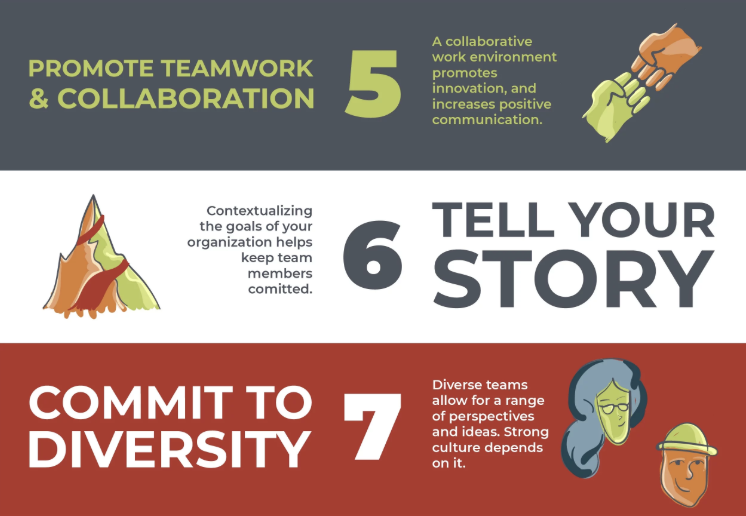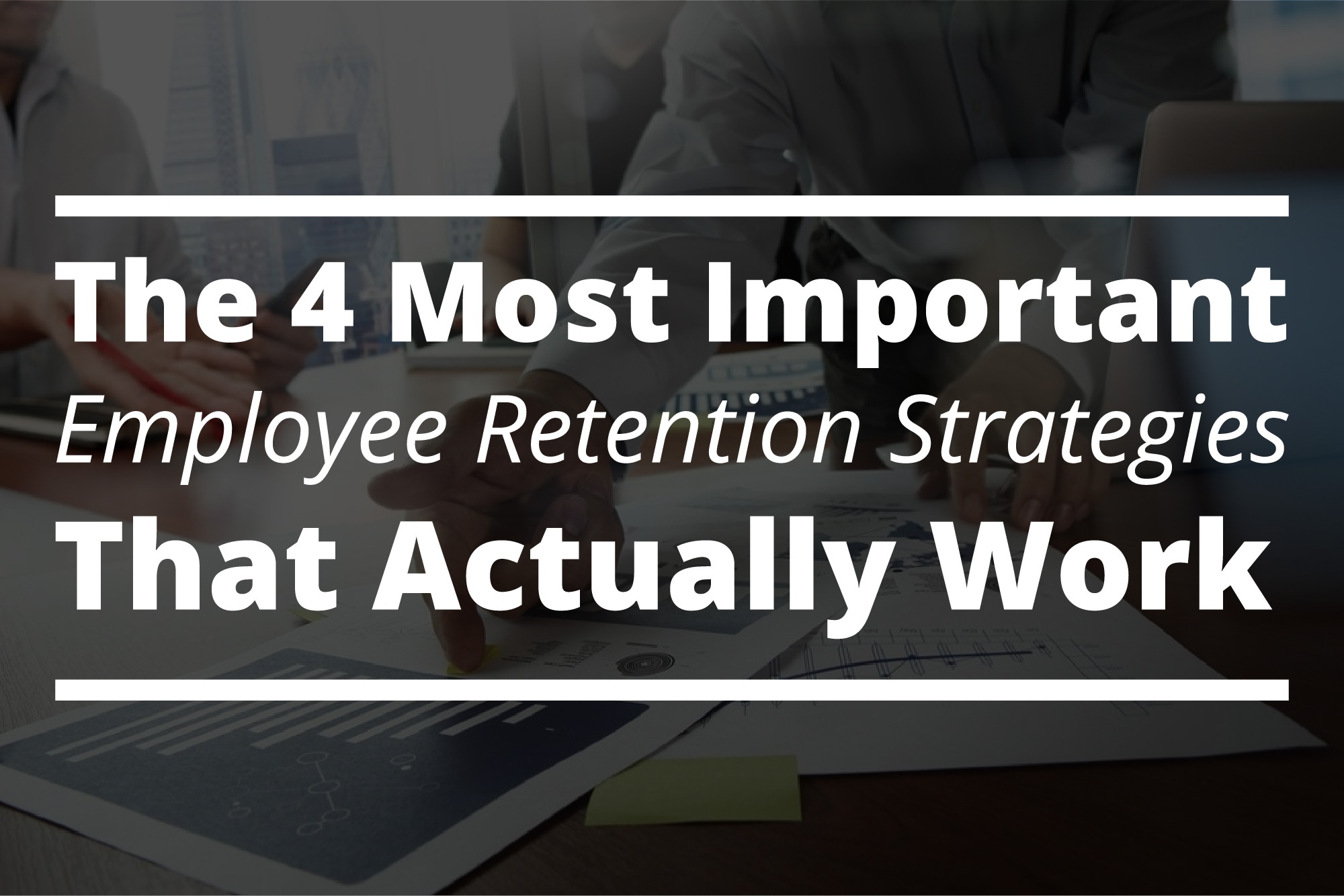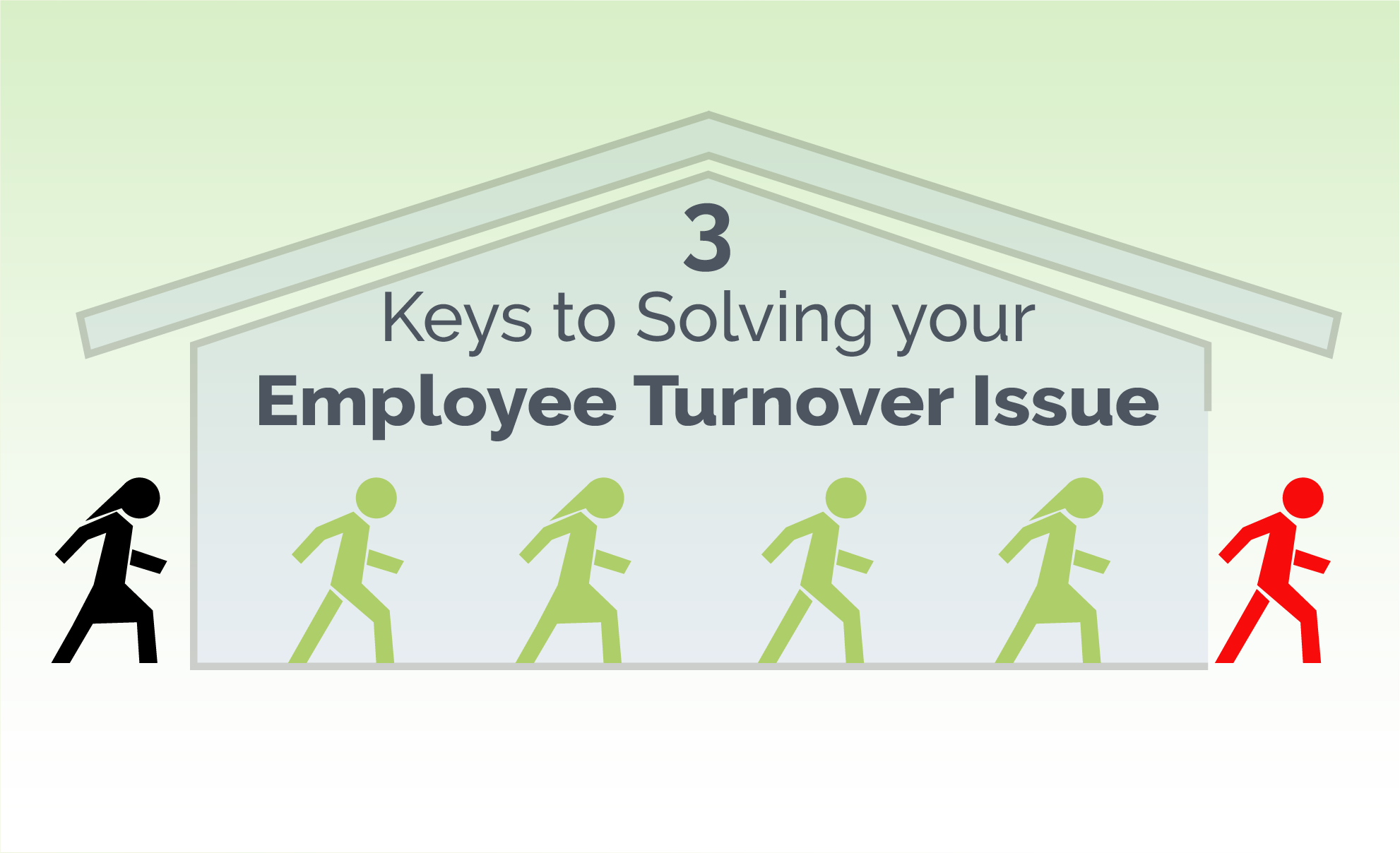2025 has been a year of chaos and rapid change in many organizations. Uncertainty, new pressures, and shifting work environments can easily spark tension on teams. As stress levels rise, workplace conflicts are bound to occur. The good news is that conflict isn’t always a bad thing – if managed well, it can actually drive growth and innovation. The key for leaders is turning everyday disagreements into productive conflict rather than allowing them to become destructive
Read MoreVital Insight Into Management Training Success
Expert Tips For Building A Strong Leadership Development Strategy
Change is an ever-present and important part of business today. The challenge for supervisors, team leaders, and managers is to guide their team members through change, encouraging employees to embrace change rather than resist it.
In 2025’s chaotic environment – marked by rapid technological shifts, market uncertainty, and post-pandemic adjustments – leading change has become more critical than ever. Yet change is hard. Even positive changes can provoke anxiety or pushback from team members who are overwhelmed by uncertainty. How can leaders support their people through turbulent changes and help them come out stronger on the other side?
Read MoreSome of your employees may have already been working from home before COVID-19, and feel like not a lot has changed in their day-to-day now that your company has shifted to remote work.
At the same time there are probably others who are experiencing a remote workplace for the first time, and are still adjusting to this "new normal" (I wanted to get that over-used term out-of-the way, I promise not to use it again.)
Read More
Establishing strong workplace culture is crucial for business leaders who want to recruit the best talent, retain their strongest employees, and see high levels of engagement from team members. Workplace culture improvement is a process that shouldn't be rushed, so use this list as a long-term guide.
Read MoreRetaining employees is one of the most crucial factors in running a successful business. Not only is employee turnover expensive, it can stifle growth, and decrease morale and togetherness in the workplace. Fortunately, there are a few key strategies that can help any organization keep people around, and see continued success.
Read MoreHere’s an alarming statistic: Every mediocre manager (ones who don’t use good fundamental management skills) loses your organization an average of $33 per day. We all know that having strong managers is important. But by tying proper management techniques to a direct cost, the criticality of these skills become much more tangible.
Read MoreOne of the biggest factors to company success and survival is the company’s ability to retain key employees. Without team-members who stick around for the long haul, many organizations struggle to stay afloat because of associated costs of turnover, as well as sparse opportunities to promote people internally. How can you reduce employee turnover? Below are three strategies for HR professionals and business leaders to improve employee turnover and retain key employees:
Read MoreOrganizational culture is shaped by many factors, leadership chief among them. The values, vision and goals of your company come from the top down. Management's actions can encourage a quality culture that keeps employees happy, attracts new talent and builds a quality job environment. On the other hand, managers may negatively affect the culture and move it away from its intended form.
Read MoreThe importance of employee motivation in the modern business world can’t be overstated since it’s likely to be the determining factor in whether your best-laid plans succeed or fail. Indeed, one of the biggest reasons the American economy has been able to maintain its dominant international position is the fact that U.S. workers are among the most productive in the entire world. However, after 150 years of nearly unprecedented productivity, we may have hit our maximum.
As structural forces begin to slow growth in productivity, you’ll need to rely even more on motivating team members to find future gains and maintain the success you’ve already built. Here’s how to get started.
Read More












